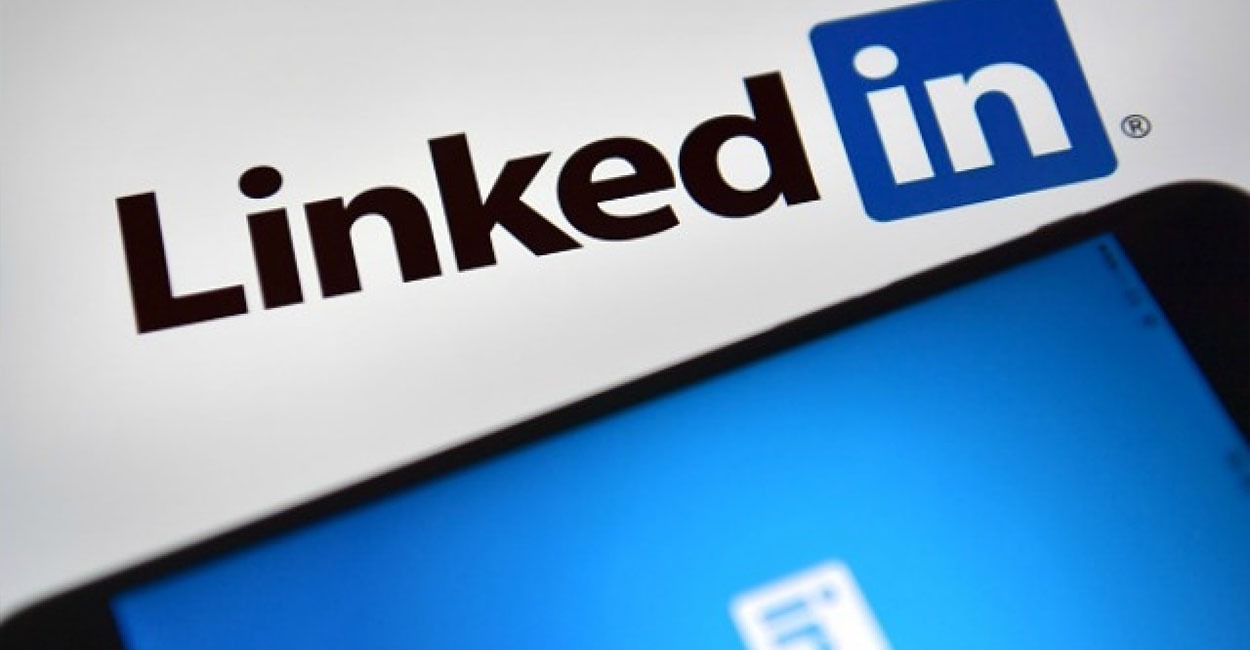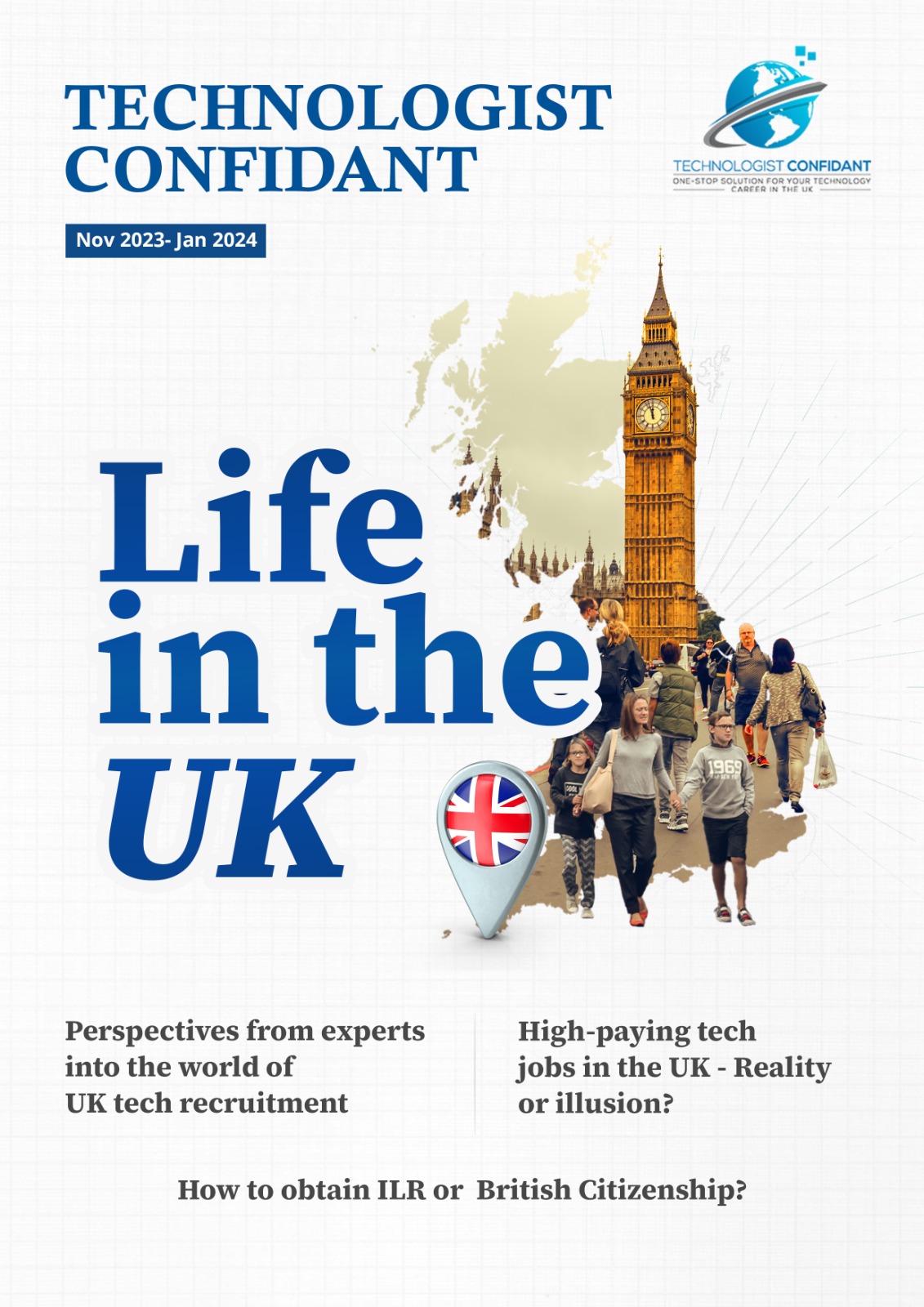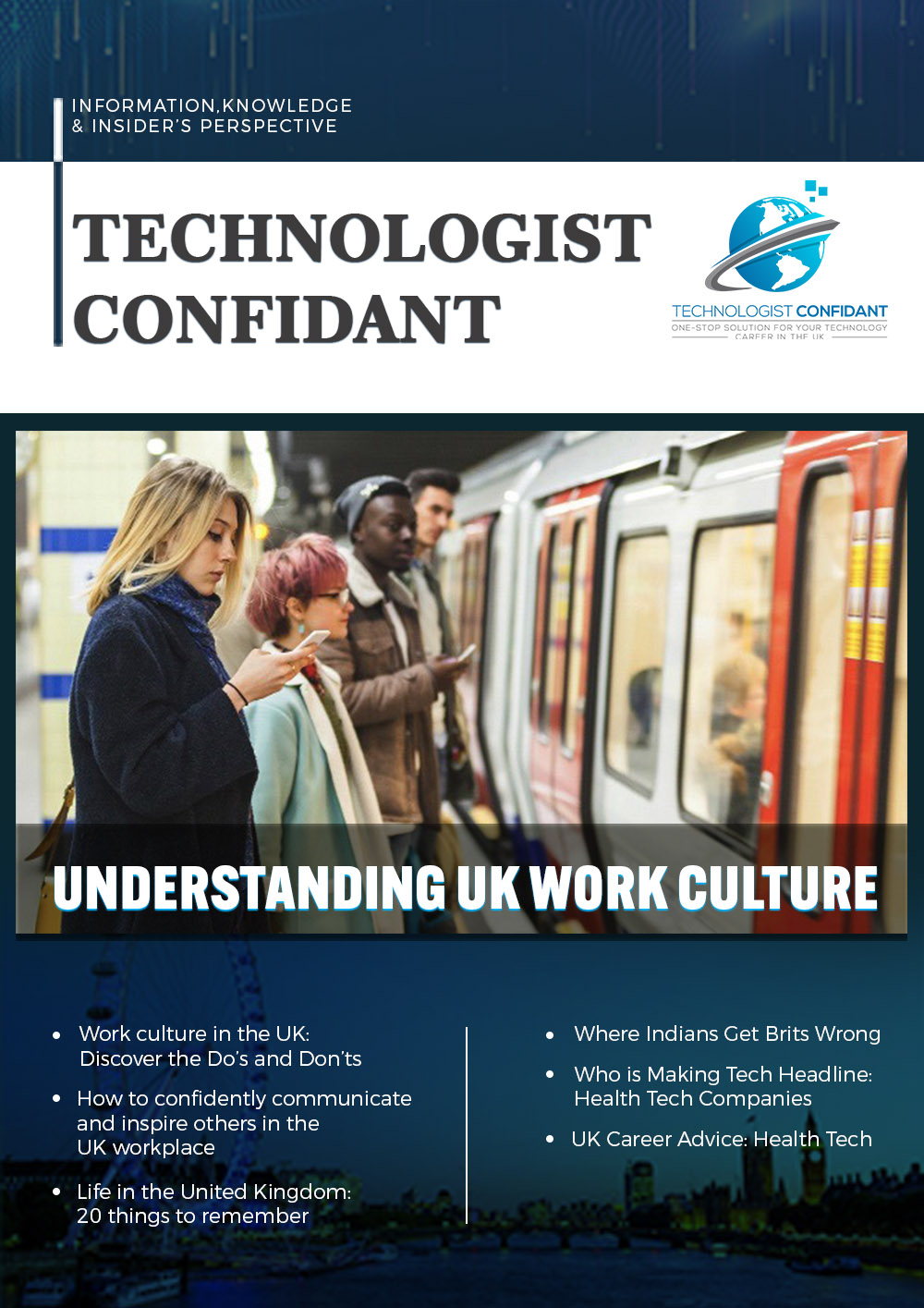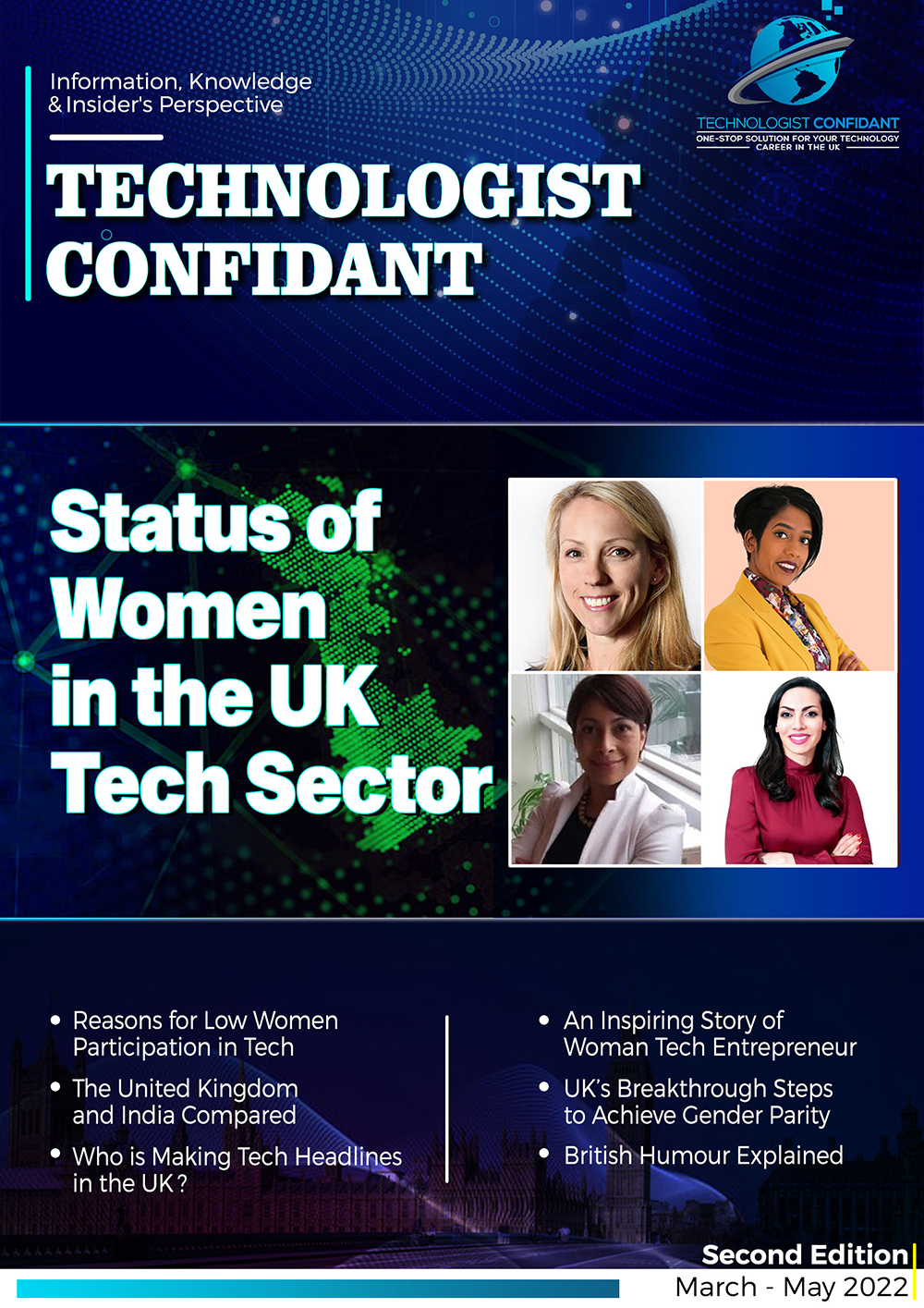With more than 630 million users, a well-designed LinkedIn profile can attract the attention of a potential employer that wants to offer you your dream position. Consider it as the digital equivalent of a typical networking event, when you go to meet other business people, strike up a conversation, and trade business cards.
LinkedIn has nearly 14 million current job posts. Moreover, three new employees are hired every minute. Your LinkedIn profile can be a priceless resource for your next job hunt, and it serves as your portfolio for the business world. Think of your LinkedIn profile as your entry in a massive virtual directory of everyone in your field. Consider it as your online resume as well. Employers and job seekers use LinkedIn profiles more frequently as an addition to or even a replacement for the conventional CV.
Optimise your LinkedIn profile to look excellent when applying for jobs; make it discoverable so recruiters can find it and provide opportunities to you. According to a CareerBuilder poll, 70% of employers use social media to assess individuals they're interested in, with LinkedIn being the most popular. If a company couldn't identify candidates online, 47% indicated they were less likely to interview them.
Technical Recruiters at IBU Consulting Ltd in London said, "We normally conduct a very detailed Logical search for important components of technology. So, if you're not talking concerning what you've been working on, you're unlikely to appear in our search." In other words, many recruiters use specific criteria to screen potential applicants based on how well they fulfil their requirements while searching for people on LinkedIn. Languages and frameworks such as Linux, Javascript, and Html are examples of such words.
However, recruiters check for more than just hard skills on your LinkedIn profile. The proper approach increases your profile's visibility and attracts businesses you'd like to work for.
Here are some tips to consider while optimising your LinkedIn profile.
Exhibit your passion
Your profile should correctly represent your skill set while incorporating a dash of individuality. "In an ideal world, your personality and the mood of a firm would perfectly match up — therefore, it's perfect for letting your personality out, whatever that looks like," Recruiters suggest.
Tech jobs are more demanding than ever, so it's critical to discover ways to stand out, and exhibiting your individuality can help offer you an advantage compared to other excellent prospects.
How to enhance your profile:
Using bespoke banners and personalised URLs can help distinguish your LinkedIn profile from those with identical names and qualifications. If you get a professional headshot done or take your profile photo, include an image that portrays you. After all, using a photo can result in up to 36 times the number of messages from your community. A picture is truly worth a thousand words. So make sure to include a high-quality profile photo that is up to current, has good lighting, and highlights only you. According to LinkedIn, it will drive more profile views and connections. Make sure the photo is well-polished and represents you — and extra points if you smile.
Don't forget to interact with your network. When you come across their postings in your feed, like and comment on them. This shows that you're interested in making genuine relationships and may also motivate people to interact with your work, which may help it get noticed..
Feature recommendations from both junior and senior team members
Recommendations provide recruiters with an idea of what it's like to work with you and tangible evidence of your previous contributions. The wonderful thing about LinkedIn is your references are on show in your profile, directly in the recommendations area.
How to get recommendations:
Ideally, you want to ask your boss as the person whom you report directly, and if there's someone even more senior to your boss whom you think you've impressed or worked well with, then it's well worth asking them for a recommendation as well, or instead of. You can ask your peers, client and vendors.
To increase your chances of actually having them write a recommendation, it's worth adapting the prepopulated LinkedIn message slightly to be a bit polite. For example, Hi, I'm doing some work on my LinkedIn profile and would appreciate it if you could write me a recommendation; thank you very much. Best wishes
Show initiative and ownership of your work
New developers and career changers frequently struggle to find work in the Tech Industry. Fortunately, many developers find success (and employment) after showcasing their contracted work and contributing to open-source projects and development initiatives. Highlight any volunteer work you've done, and add links to your site profiles.
What to add in volunteer works
Take caution with what you put on here if you haven't done any volunteer work in the last 20 years. So there's no purpose in putting it in right now. Consider what kind of volunteer work you could sign up for that would allow you to gain skills, experience, or understanding of those professions or areas. It can be an excellent method to persuade others that you are prepared and devoted to the roles you seek.
Then, look for opportunities to demonstrate ownership in your job. Highlight projects you've supervised, for example, and offer figures that demonstrate your effect. Not sure how to brag about all of your hard work? One technique to jog your memory and uncover morsels and instances to mention is to revisit prior performance assessments and formal comments.
Be reasonable in your skills section
Don't be hesitant to show off your skills in your skills area, but resist the impulse to flood your profile with skill-based keywords. While this may increase your chances of appearing in recruiters' search results, they may not be the opportunities you seek. Companies search for a speciality, so we advocate emphasising your strengths since, at the end of the day, those are where employers will find you and will set you up for success in terms of being able to go through technical interviews.
How you can enhance your skills section
Companies seek specialisation. Many recruiters in our network recommend emphasising your most confident areas since, at the end of the day, those are where employers will find you and will prepare you for success in terms of being able to go through technical interviews. List your abilities in order of proficiency, starting with the ones you're most confident in. Obtaining endorsements from people in your network will provide employers with even more certainty about your abilities.
Including keywords in your headline is another approach to demonstrate your expertise (and score higher in a recruiter's search). "Full-Stack Engineer," for example, tells employers more than "Web Developer," especially if you include the specific languages and frameworks in your tech stack.
Be realistic in what you do
Some people build a LinkedIn persona, exaggerating their contributions to previous employment. While it's normal to want to show yourself in the best light when job looking, exaggerating your abilities will only lead to disappointment. Be truthful, and make sure your experience section appropriately depicts your contributions in previous employment. If you're having difficulty putting your exact responsibilities into words, check at tasks in a relevant job description for inspiration (or see if you can dig up your old job descriptions).
How can you be realistic
Don't be concerned if you don't possess every single trait that a recruiter seeks. You can still be a strong contender if you have the fundamental components and show that you're eager to learn to fill in the gaps.
If you haven't mastered a skill or technique essential for your desired career, demonstrate that you're actively attempting to bridge the gap through appropriate courses and projects.
Lastly, use LinkedIn's premium/premium career-competitive intelligence function. You do get some useful information on the jobs you're applying for, such as the top skills of previous applicants.






